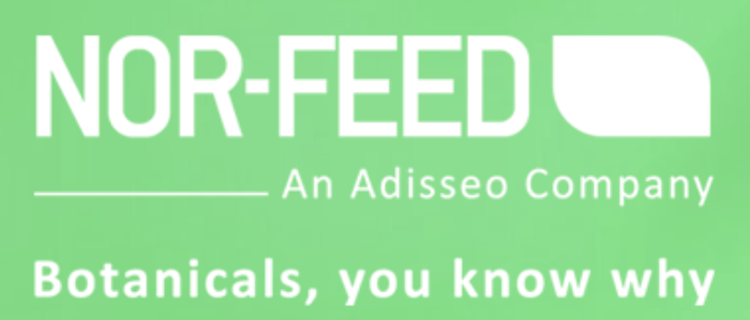Quảng Ninh’s mollusks struggle in looking for demand
Prices of seafood products, especially mollusks in Quảng Ninh, have been reducing for one month following the bad impact of the second surge of Covid-19 pandemic.
During this time, there are a few traders and farmers trading seafood, Cái Rồng port of Vân Đồn district (Quảng Ninh province). On the other hand, this item could have been exported again last month.
Phạm Thúy Hà, one of a few traders in Cái Rồng port purchasing seafood to sell in wholesale markets in Quảng Ninh said “Prices of mollusks is falling. Oysters are sold at 5,000-8,000 dong/kg. Meanwhile, households are harvesting. Besides, prices of another species, turgid venus shells, are falling”.
As many as 20 thousand tons of farmed species, mainly oysters and turgid venus shells, are being harvested in Vân Đồn. However, households don’t hire outsourced farmers to do the harvest, they even are keeping a large amount of mollusks under the ocean. Not only do prices of farmed marine species affected, but prices of wild-caught species are falling compared to the same period last year.
This is driven by the fact the Vietnamese seafood has been mainly exported to China, just a few consumed domestically. The second surge of coronavirus outbreak has affect the exports.
Prices of seafood and marine species are fluctuating. Traders can enjoy an extremely low prices buying directly from farmers, and such prices will be different at wholesale markets. Prices are changeable in each prefecture.
In particular, oysters are sold at 6,000-8,000 dong/kg and turgid venus shells are ranging between 38,000-40,000 dong/kg in Cái Rồng port but these prices will change to 15,000-28,000 dong/kg and 52,000-55,000 dong/kg respectively when species are transported to Hạ Long I market of Hạ Long city, Quảng Ninh province.
Ridiculously, farmers’ aquaculture areas are not far away from wholesale markets.
In the supply chain, farmers are the ones putting on pressure of unstable prices. Meanwhile, as many as 68 thousand tons of mollusks may be harvested from a 4.5 thousand ha tidal area in a total of 20 thousand ha aquaculture area every year. Quảng Ninh can entirely be a supply chain of aquaculture, organic agricultural products consumption, and development of processing and packaging facilities to avoid the seasonal factor and reduce ricks when facing disease outbreaks.
Actualy, the chain of aquaculture, process and consumption of seafood products in Quảng Ninh has a lot of disadvantages, which have been seen clearly since the overwhelming Covid-19 pandemic. A lot of farmers waiting for traders coming to purchase have to suffer from price squeezing, serious loss or bankruptcy.
VFM






